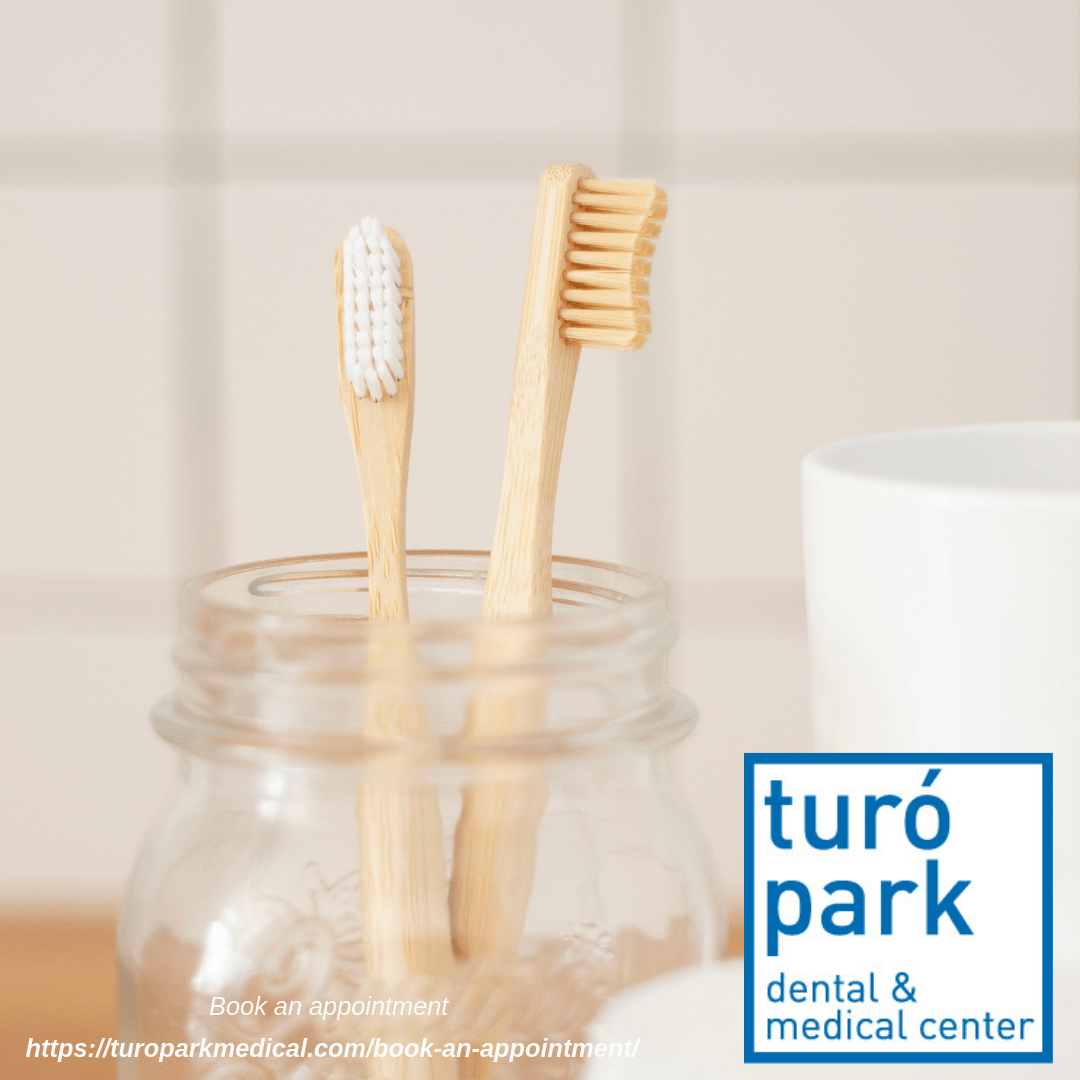
Toothbrushing 101
Our English-speaking dental team wants you to make the most of the time with your toothbrush every day.
Just think about how much time you will spend during your lifetime brushing your teeth. What a waste if you are doing it wrong! We have some simple tips to make you an expert at something we all should be doing at least 2 times a day for at least 2 minutes (at a minimum)!
Technique matters.
Believe it or not, the most important part of brushing your teeth is not your toothbrush or toothpaste, but the technique you use. Here are our tips:
• Hold the brush at a 45-degree angle to your teeth and gums.
• Gently brush all sides of your teeth (front, back, and chewing surfaces).
• Make sure to massage the gums to stimulate blood flow to the gums and prevent gingivitis.
• 2×2 Rule: Brush twice a day minimum (morning and night) for at least two minutes.
• Bacteria can hang out on your tongue in between tastebuds, causing bad breath and tooth decay, unless you brush or scape them away daily. Some toothbrushes even come with built-in tongue cleaners.
• Rinse your toothbrush and store it upright to air dry. Do not keep it in closed or humid place. If posible, keep it away from the toilet which can spray germs when flushed.
In a previous post we told you all about why we think an electric toothbrush is a worthwhile investment for most of our patients. We would be happy to talk with you more at your dental appointment if you are wondering whether an electric toothbrush should be on your shopping list.
We wouldn’t be good dentists if we didn’t also talk about flossing.
So here are some little-known facts about flossing:
· It is better to floss at night.
· You can use one section of floss for your whole mouth.
· Mouthwash can’t remove food or placque stuck in between teeth, only flossing can.
· Don’t use a “sawing” back and forth motion when flossing which can hurt your gums. Cup the floss around each tooth and rub it up and down around the sides of your teeth.
Choose the right tools for the job.
• Pick a toothbrush that is the right size for your mouth.
• Avoid hard bristles which can irritate your gums. The American Dental Association recommends using soft-bristle brushes.
• Look for brushes with multi-level or angled bristles because they do a better job of removing placque than flat, one-level bristles.
• Replace your toothbrush or toothbrush head every 3-4 months.
• Use a fluoride toothpaste.
Don’t ignore bleeding.
When done correctly, gentle brushing and flossing should not cause bleeding. A number of things can cause bleeding when you brush and floss, including gum disease. If you start having bleeding when brushing and flossing, come see us for a dental check-up.
You should have a professional dental cleaning every 6 months. At your visit we would be happy to answer any questions you might have about your flossing and brushing techniques or which type of toothbrush might be right for you. Turó Park Medical and Dental Center’s Team wants you to brush better. We are here to help you and your mouth stay healthy.
Written by Amy Harris
Leave a Comment
(0 Comments)